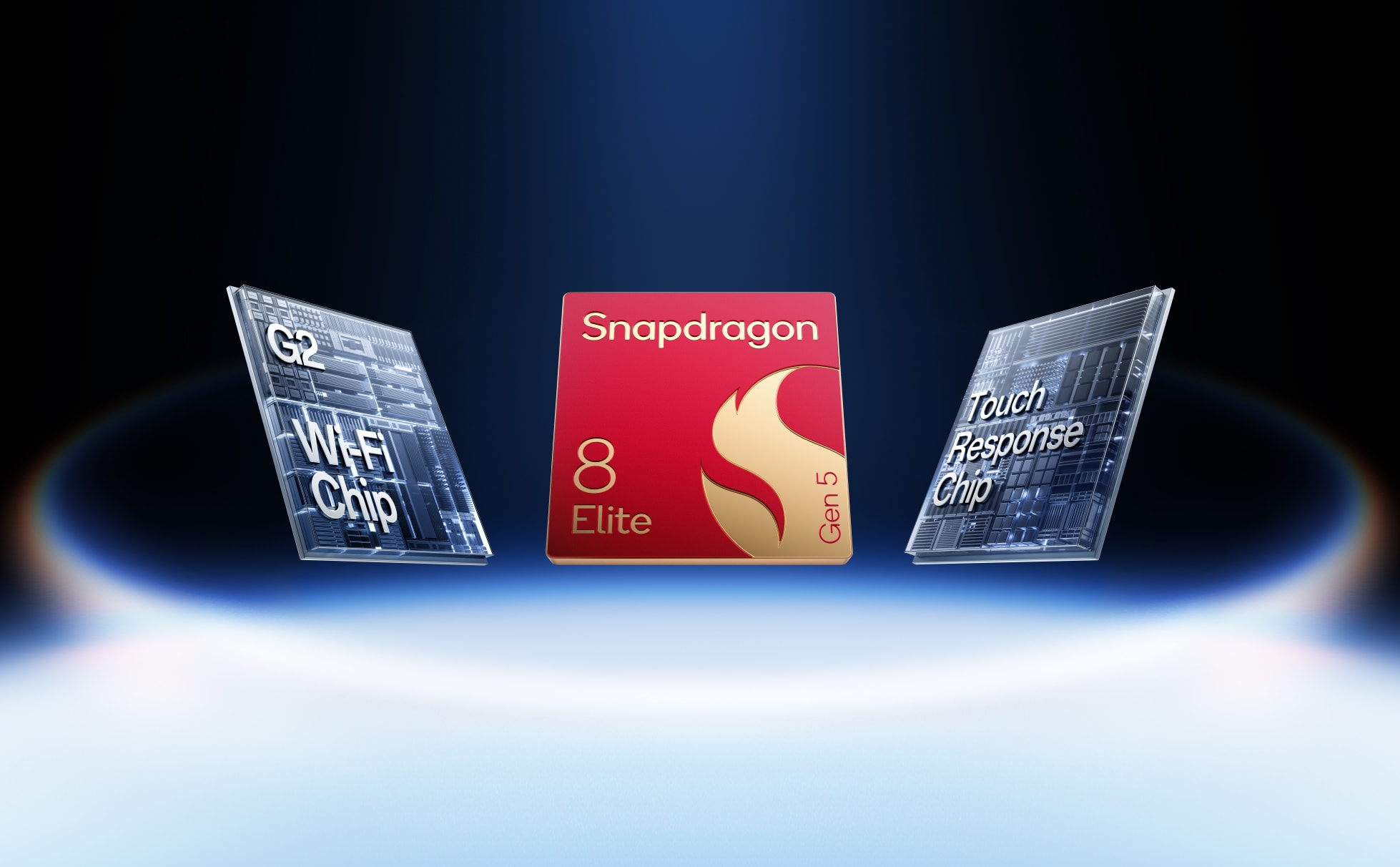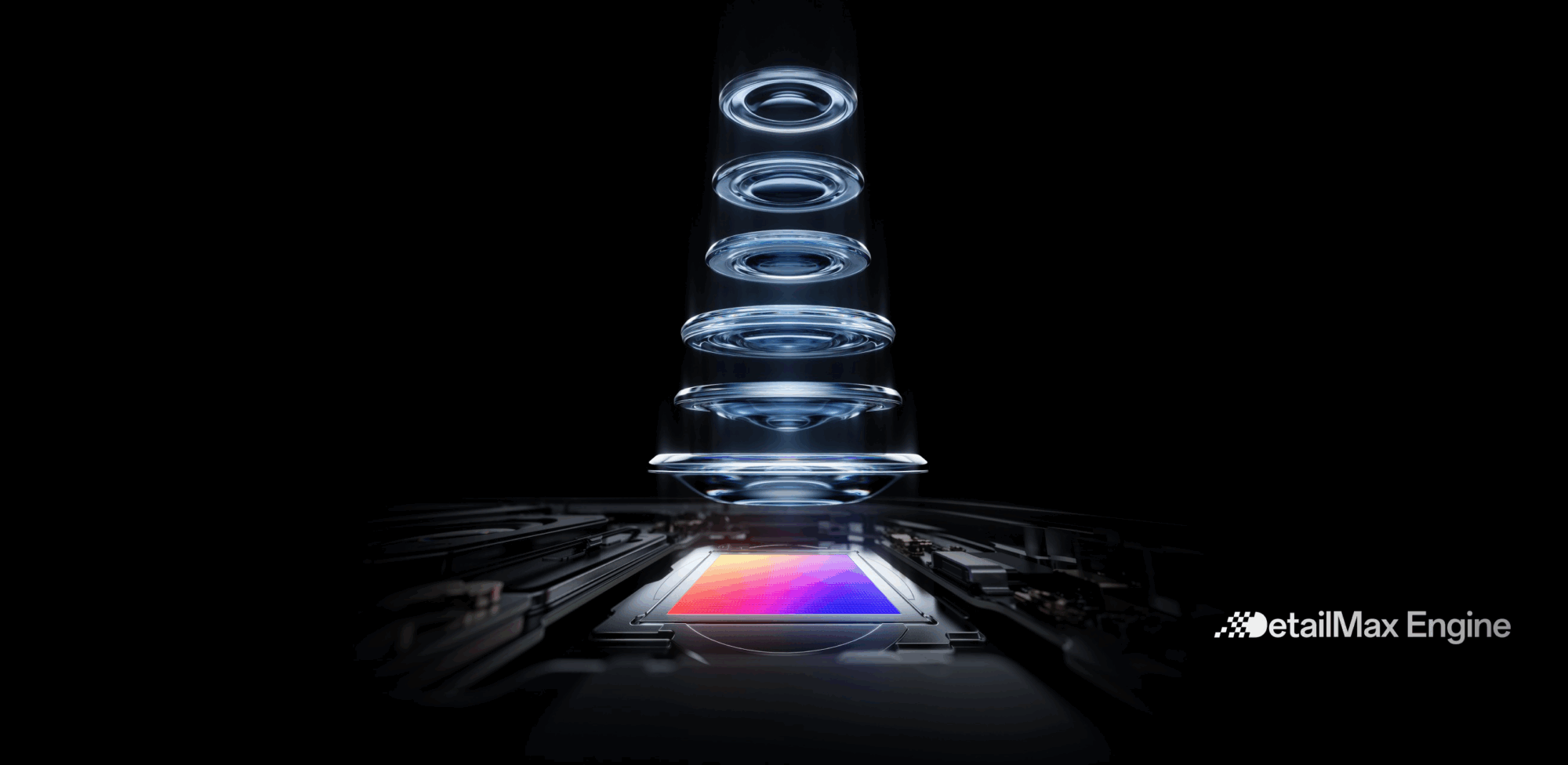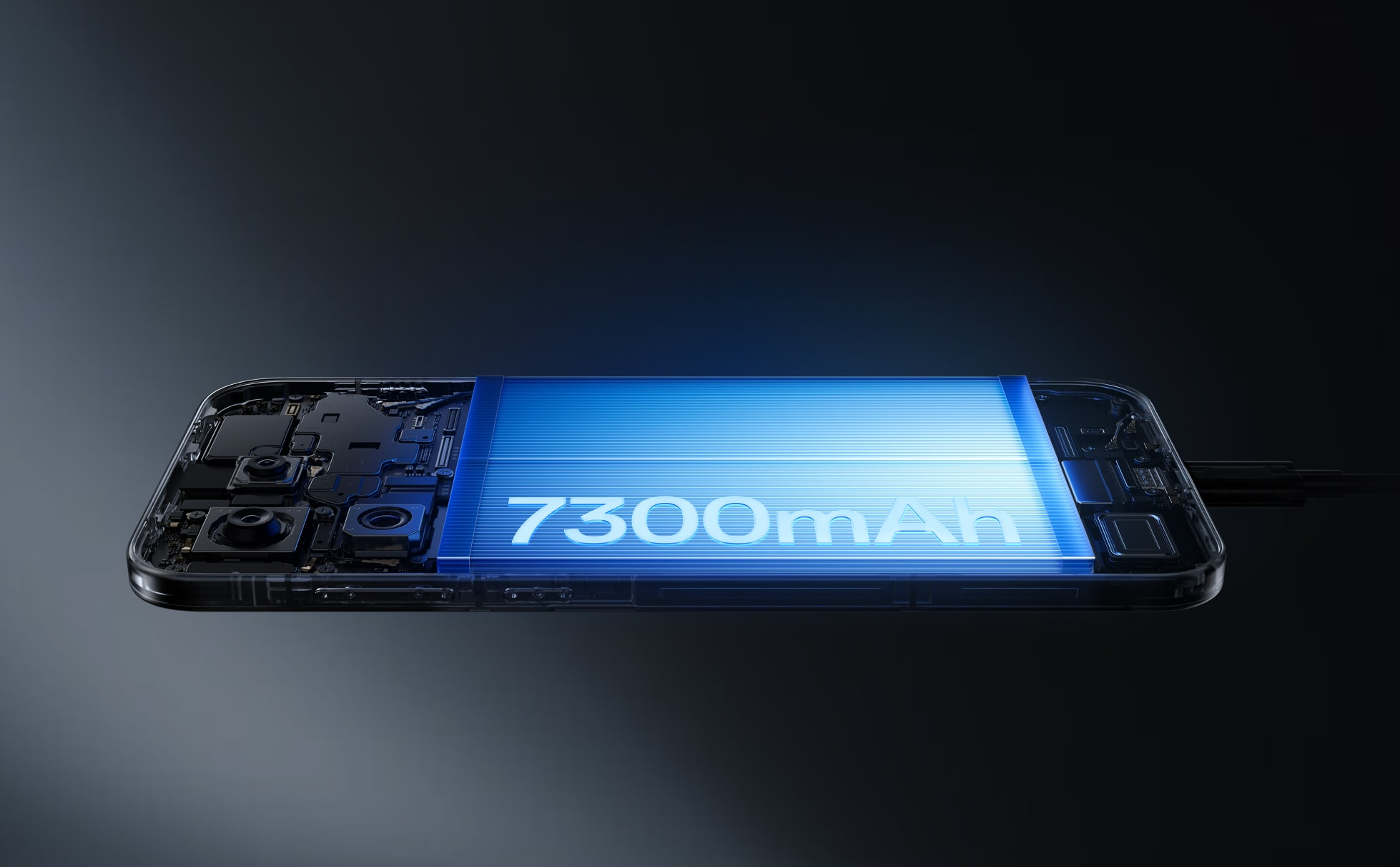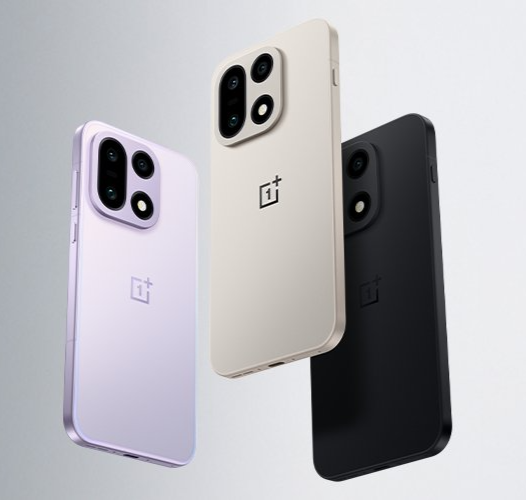If you thought the OnePlus 13 was powerful, the OnePlus 15 arrives to make it look like a warm-up act. This year’s flagship cranks everything up — a blisteringly fast 165Hz display, a next-gen Snapdragon 8 Elite Gen 5 chip, a massive 7,300mAh battery, and a more innovative, sharper triple-camera system that finally delivers real zoom muscle. The OnePlus 13 continues to deliver strong performance, thanks to its QHD+ screen and solid battery life. Still, the 15 is a clear statement piece: faster, bolder, and engineered to outclass its predecessor in almost every category. Here’s where the differences really show.
Spec Comparison Table
| Category | OnePlus 13 | OnePlus 15 |
|---|---|---|
| Display | 6.82″ QHD+, LTPO 1–120Hz, 4500-nit peak | 6.78″ 1.5K, 1–120Hz / 165Hz gaming, 1800-nit HBM |
| Chipset | Snapdragon 8 Elite | Snapdragon 8 Elite Gen 5 |
| CPU / GPU | 4.32GHz / Adreno 830 | 4.608GHz / Adreno 840 |
| RAM / Storage | LPDDR5X + UFS 4.0 | LPDDR5X Ultra/Ultra+ + UFS 4.1 |
| Battery | 6000 mAh | 7300 mAh |
| Charging | 100W wired / 50W wireless | 120W wired / 50W wireless |
| Main Camera | 50MP LYT-808 (OIS) | 50MP IMX906 (OIS) |
| Telephoto | 50MP LYT-600, 3× optical | 50MP JN5, 3.5× optical, 7× lossless |
| Ultra-wide | 50MP, 120° FOV | 50MP, 116° FOV |
| Rear Video | 8K 30fps, 4K 60fps | 8K 30fps, 4K 120fps |
| Front Camera | 32MP IMX615 (FF) | 32MP IMX709 (AF) |
| Software | OxygenOS 15 (Android 15) | OxygenOS 16 (Android 16) |
| Build/Glass | Ceramic Guard | Gorilla Glass Victus 2 |
| Weight | 210–213g | 211–215g |
What the Differences Mean (in plain language)
Display & Refresh Rate
The OnePlus 15 increases the refresh rate to 165 Hz, a notable upgrade from the 120 Hz on the OnePlus 13. That means smoother animations, more responsive touch, and better gaming fluidity (provided the software/game supports it). The resolution on the 15 also changes slightly (1.5K vs QHD+), which may involve trade-offs in battery life or scaling, but in everyday use, the difference will be subtle to most users.
Performance

Upgrading from the OnePlus 13’s chip to the Gen 5 version in the OnePlus 15 gives you both more headroom and longer future-proofing. The faster storage (UFS 4.1) and possibly better cooling/thermal management in the 15 means heavier tasks (gaming, multitasking, video editing) will feel more polished.
Camera Setup


Both phones feature triple 50MP sensors, but the OnePlus 15 appears to incorporate a more advanced periscope zoom, likely enhanced ultra-wide optics, and a new image processing engine. So while on paper they might look similar, real-world photography should edge ahead with the 15 — especially in zoom and low-light scenarios.
Battery & Charging


The bump from ~6,000mAh to ~7,300mAh is significant — that’s roughly a 20-25% capacity increase in one generation. Combined with improved chip efficiency and faster charging (120W wired on the 15 vs 100W on the 13), you’ll see better endurance and quicker top-ups. That said, actual battery life will depend heavily on usage and display refresh rate.
Software & Future-proofing


The OnePlus 15 launching with OxygenOS 16 on Android 16 means you’ll get more years of updates and newer features compared to the OnePlus 13. If you hold onto your phone for 3-4 years, the newer software stack becomes a meaningful advantage.
Dimensions & Weight
The OnePlus 15 sheds a little thickness and a couple of grams compared to the OnePlus 13, which is appreciated given its large display footprint. The slight size reduction suggests OnePlus sought better ergonomics while packing more into the phone.
Connectivity & IP Ratings
While the OnePlus 13 already offered top-tier connectivity (e.g., Wi-Fi 7, future-proof 5G, NFC), the OnePlus 15 takes it further with dedicated companion chips for Wi-Fi and touch, which should enhance responsiveness and stability. The IP ratings are also more ambitious for the 15, with IP69K signalling very high water/dust resistance — a real bonus if you use your phone outdoors, in more challenging environments, or near water.
Why it matters
Suppose you’re upgrading or choosing between the two. In that case, these incremental enhancements are the sort of “behind the scenes” improvements that affect feel, durability, and long-term reliability rather than headline specs. For example, better ingress protection means a lower risk if you get caught in the rain; a lighter/thinner body makes holding it easier for longer periods; and improved connectivity chips could mean fewer drops or faster Wi-Fi speeds in real-world use.
Verdict


- Choose the OnePlus 13 if you’re looking for a still-very-capable flagship, want to save some money, and don’t need the absolute latest zoom camera or the highest refresh rate.
- Choose the OnePlus 15 if you want the best fluid display, top-tier performance, a stronger battery and charging capabilities, and better long-term software support.
If you’re after the absolute flagship experience — ultra-smooth display, next-gen chip, record battery, and pro-grade zoom — the OnePlus 15 is the clear leader. The OnePlus 13 remains an excellent choice for most users, offering top-tier performance and probably a slightly more affordable price, but the 15 pushes the envelope a step further.
